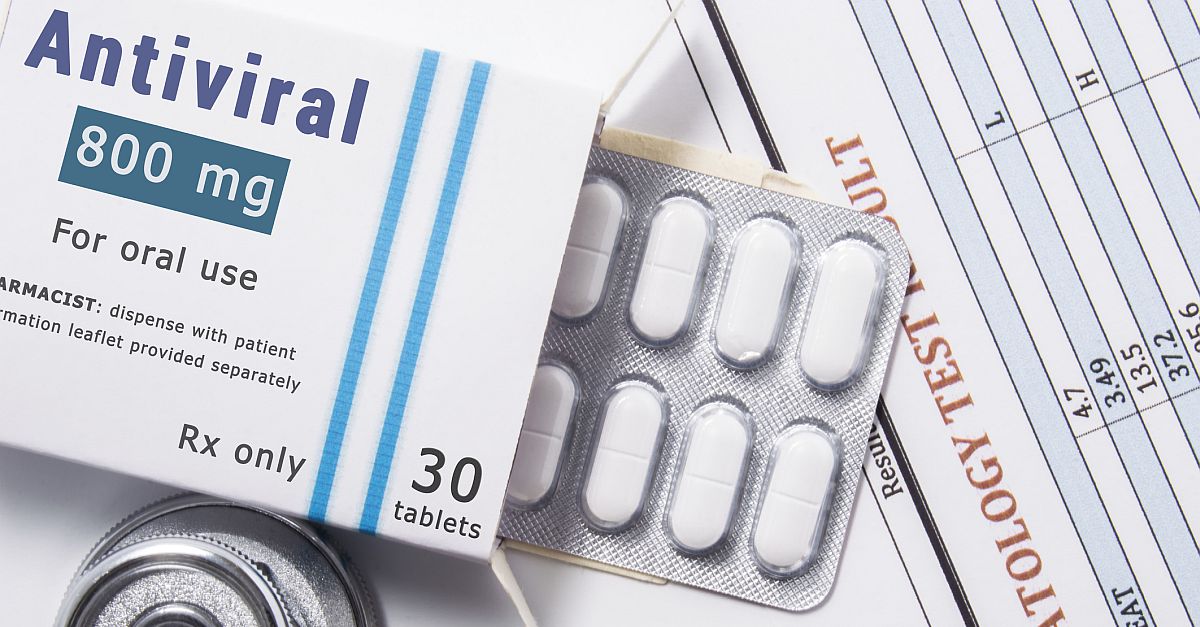The recently authorized emergency use of remdesivir by the US Food and Drug Administration (FDA) for patients hospitalized with severe confirmed or suspected COVID-19 represents an important step forward for reducing morbidity during the pandemic. However, while remdesivir was able to significantly accelerate recovery in the double-blind placebo-controlled NIAID ACTT-1 trial, approximately 8% of treated patients still succumbed to their disease. Further studies are needed to determine the optimal use of remdesivir. In addition, there remains an urgent need for additional treatments. A recent JAMA review paper summarized multiple ongoing studies in this area, providing additional hope in the fight against life-threatening COVID-19 disease.
As an RNA virus, SARS-CoV-2 is inherently susceptible to agents that target RNA replication, such as nucleoside analogues. Remdesivir falls into this category and causes chain termination during RNA-dependent RNA replication. Agents with similar mechanisms of action, ribavirin and favipiravir, are also currently being evaluated against COVID-19. As with remdesivir, favipiravir demonstrated promising preclinical activity against other RNA viruses (influenza and Ebola). Favipiravir is currently available in Japan for the treatment of influenza, but is not available in the United States. Another targetable stage of the virus life cycle is the cleavage of viral polypeptides into nonstructural proteins by 3-chymotrypsin-like protease. Similar to its activity against the human immunodeficiency viruses, the lopinavir-ritonavir protease inhibitor combination has shown in vitro activity against coronaviruses and some positive outcomes in very early clinical experiences.
SARS-CoV-2 enters cells through an interaction between the viral S protein and the cellular ACE-2 receptor, after which it fuses with the cell membrane and forms an endosome. Umifenovir targets the S protein–ACE-2 interaction, and camostat mesylate inhibits a host serine protease, TMPRSS2, that is important for the membrane fusion event. The clinical efficacy of these agents remains unclear. Other agents that could theoretically block viral entry into the cells are chloroquine and hydroxychloroquine, which also induce attenuation of cytokine production and inhibition of autophagy and lysosomal activity in infected cells. Although early clinical testing suggested that these agents were active in COVID-19, the studies were small, and safety data were limited. More recently, a randomized double-blind phase IIb trial in Brazil failed to reach its primary endpoint of reduced mortality with high-dose vs low-dose chloroquine, with the high dose demonstrating higher rates of cardiotoxicity and more deaths than the lower-dose arm.
In addition to antimicrobials, agents that reduce the inflammatory collateral damage of COVID-19 are being investigated. Corticosteroids can be used to decrease lung inflammation that leads to acute lung injury and acute respiratory distress syndrome (ARDS). However, their routine use in patients with COVID-19 is not recommended due to their potential adverse effects, such as delayed viral clearance and increased risk of secondary infection. Tocilizumab, a monoclonal antibody against interleukin (IL)-6, can reduce IL-6–mediated organ damage in the lungs and other organs of COVID-19 patients. Several clinical trials of tocilizumab, alone or in combination, are currently ongoing in China (NCT04310228, ChiCTR200002976), and Italy (EudraCT number: 2020-001110-38). The IL-6 receptor antagonist sarilumab is being studied in a multicenter, double-blind, phase II/III trial for hospitalized patients with severe COVID-19 (NCT04315298).
An emerging strategy to fight COVID-19 is the use of antibodies from recovered patients (“convalescent sera”) to help clear the virus in patients with active infections. Such passive immunity may be an important stopgap measure until vaccines are developed that can prevent further spread of SARS-CoV-2.
High Altitude: The COVID-19 pandemic has had a major impact on oncology, with fewer screening visits, delayed surgeries, and deferments in myelosuppressive chemotherapy regimens. In addition to ongoing containment efforts and investigations of vaccine strategies, the development of more-effective treatments for COVID-19 are essential for a return to normalcy. Prior reports have shown that cancer patients are at increased risk for contracting SARS-CoV-2 and for contracting severe COVID-19. As the number of clinical studies is increasing rapidly, oncologists should consider enrolling their COVID-19 patients in these trials when eligible. Oncologists at academic centers could become important partners in clinical trial recruitment for the investigational COVID-19 therapies.
Ground Level: At present there are no proven effective therapies that can be used to treat COVID-19 patients. However, different studies and investigations are ongoing, and the clinical results will certainly provide more clarity on the best treatment approach. While waiting for a possible therapy, patients will continue to receive the best supportive care, from symptom management to full intensive-care support when needed. The development of a vaccine will likely represent the real solution to win against SARS-CoV-2 virus.

